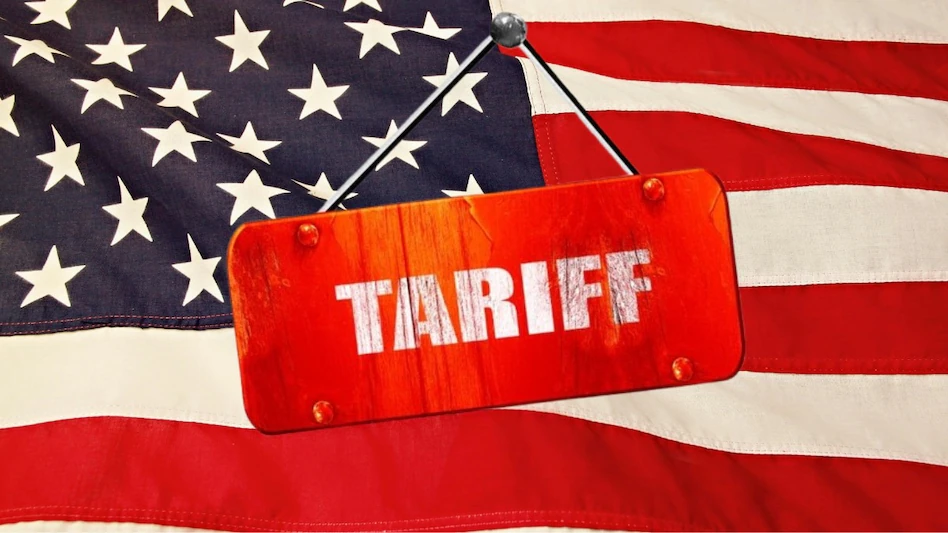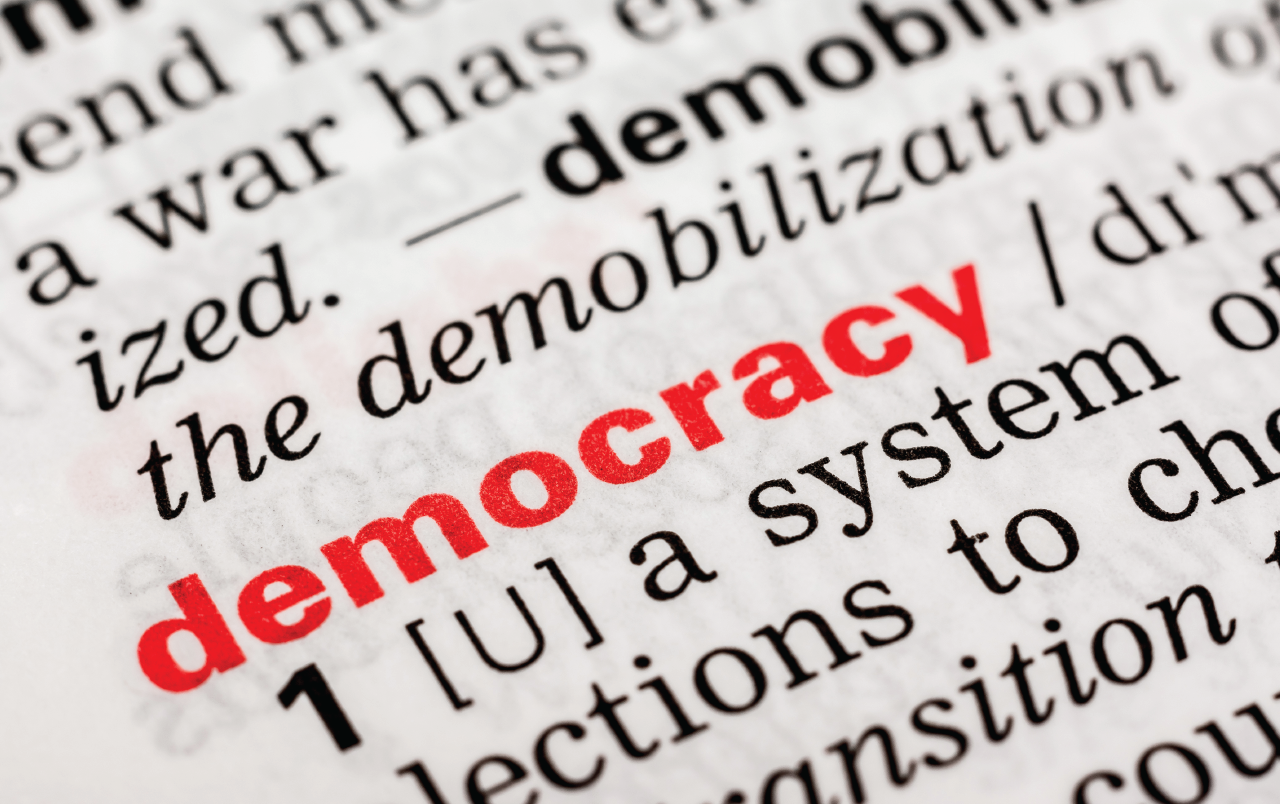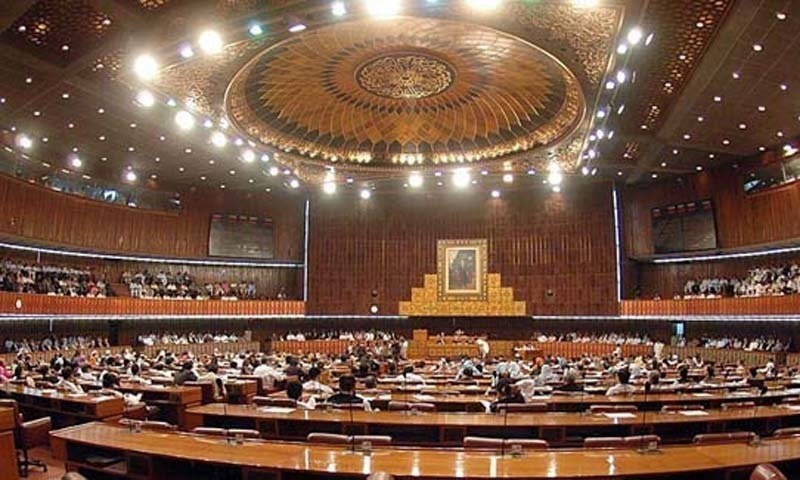Dr Bilawal Kamran
Donald Trump’s revived trade war with China signals not just a return to protectionist rhetoric but a potentially transformative rupture in the post-Cold War global economic order. While his first-term trade war was marked by tariff battles and heated rhetoric, the new approach is sharper, more targeted, and—arguably—more ideologically driven. It is not simply about redressing trade imbalances anymore. It is about dismantling a global system that Trump and his allies believe has eroded America’s economic sovereignty and allowed China to grow into a geopolitical rival.
The latest development came with a dramatic announcement: a 125% tariff on Chinese imports, compared to a 10% blanket tariff imposed on other countries. Trump claims this steep hike is a response to China’s own retaliatory tariffs—reported at 84% on U.S. goods—which he describes as showing a “lack of respect.” But this move is not just about tit-for-tat trade diplomacy; it’s a continuation of the narrative that helped Trump ascend to the presidency in the first place.
The Political Foundation of Trump’s Trade War
To understand the broader implications of Trump’s trade agenda, it’s important to revisit his political origins. Long before his presidential run, Trump had been voicing concerns about China’s economic rise. His 2016 campaign built on the perception that globalization—and particularly trade with China—had hollowed out American manufacturing, devastated the Rust Belt, and stripped American workers of their economic dignity.
That campaign, and now his revived trade war, directly challenge the economic consensus that had dominated Western policymaking for decades: that more trade is inherently beneficial, that China’s economic integration would eventually lead to political liberalization, and that multinational interdependence would promote global stability. Trump’s agenda turns all of that on its head.
From Global Cooperation to Strategic Decoupling
The current trade offensive reveals a much deeper ambition: to decouple the U.S. economy from China and, in doing so, break the notion that the global economy must revolve around a Chinese manufacturing core. China currently accounts for about 14% of all U.S. imports, spanning everything from smartphones to children’s toys. Moreover, it has become a dominant force in high-tech industries, producing 60% of the world’s electric vehicles and 80% of the batteries that power them.
Trump’s critique is that this dominance is not simply a matter of market efficiency or consumer choice—it is the result of state intervention, strategic planning, and protectionism under the banner of “Made in China 2025,” a government blueprint aiming to establish global leadership in critical manufacturing sectors.
For Trump, and increasingly for many U.S. policymakers across the aisle, this isn’t just a trade imbalance. It’s an existential threat to American technological and industrial leadership.
Pl subscribe to the YoutTube channel of republicpolicy.com for quality podcasts:
A Break from Historical Assumptions
The assumptions that underpinned U.S.-China trade policy since the 1990s—chiefly that economic engagement would lead China toward democracy and a market-oriented society—have not materialized. Instead, the Chinese Communist Party has tightened its grip on political life, while using state power to advance industrial and geopolitical ambitions.
In this context, the trade war is not just about protecting American jobs or reducing the trade deficit. It’s about forcing a systemic recalibration of how global trade functions. Trump and his allies argue that the U.S. must abandon outdated models of free trade in favor of a strategic, nationalist economic policy that uses tariffs not just as leverage but as permanent tools to reshape global supply chains.
Can Tariffs Achieve Systemic Change?
One of the central critiques of Trump’s trade war, both past and present, is that while the tariffs have inflicted economic pain on China, they have not fundamentally altered its economic model. China remains deeply export-dependent and committed to dominating key technologies. It has not, critics argue, made the kind of concessions that Trump’s trade agenda is meant to extract.
So, the question is: will this new, more aggressive round of tariffs bring about different results?
So far, there are no clear signs that China is willing to abandon its economic strategy. Its commitment to maintaining a tightly protected domestic market and a strong export sector is not just economic—it’s ideological. It forms part of a broader vision of national rejuvenation under Xi Jinping’s leadership. Opening up key sectors to American firms or allowing U.S. technology to operate freely within its borders would run counter to the political control that defines the Chinese system.
Is There Still Room for Negotiation?
Two key questions now shape the future of this conflict:
- Will China come to the negotiating table?
- If it does, will it be willing to make substantive reforms?
At this point, both remain uncertain. Trump’s tariffs appear designed not just to encourage negotiation, but to force strategic concessions. However, if Beijing concludes that the tariffs are part of a broader U.S. effort to contain China’s rise rather than to reach a deal, it may opt to resist rather than compromise.
Adding further complexity is the information asymmetry within China. Its strict control of media and online spaces means the Chinese public may not be fully aware of the details of the trade war or the domestic consequences. This reduces public pressure on the government to de-escalate.
The Bigger Question: Does the U.S. Still Believe in Free Trade?
There is also a more introspective question that Americans must answer: does the U.S. still believe in free trade?
Trump has consistently argued that tariffs are beneficial—not just as a bargaining chip, but as a long-term economic strategy. He views them as a way to stimulate domestic investment, repatriate manufacturing, and generate government revenue. If this philosophy takes root, it could mark a permanent shift in American economic policy away from globalization and toward economic nationalism.
This shift is already evident in the Biden administration’s continuation of many Trump-era tariffs and its emphasis on industrial policy, including subsidies for semiconductors and clean energy manufacturing.
A Fragmented Global Order?
If both sides—Washington and Beijing—see the trade war not as a temporary dispute but as a long-term struggle for economic supremacy, then the world may be entering a new and unstable phase of globalization. Rather than a cooperative, rules-based international system, we may see fragmented trade blocs, competing industrial policies, and rising economic protectionism.
The consequences of this are profound. For multinational businesses, it means recalibrating supply chains and navigating increased regulatory risk. For consumers, it could result in higher prices and limited choices. And for global politics, it risks entrenching a winner-takes-all mentality between the world’s two most powerful economies.















